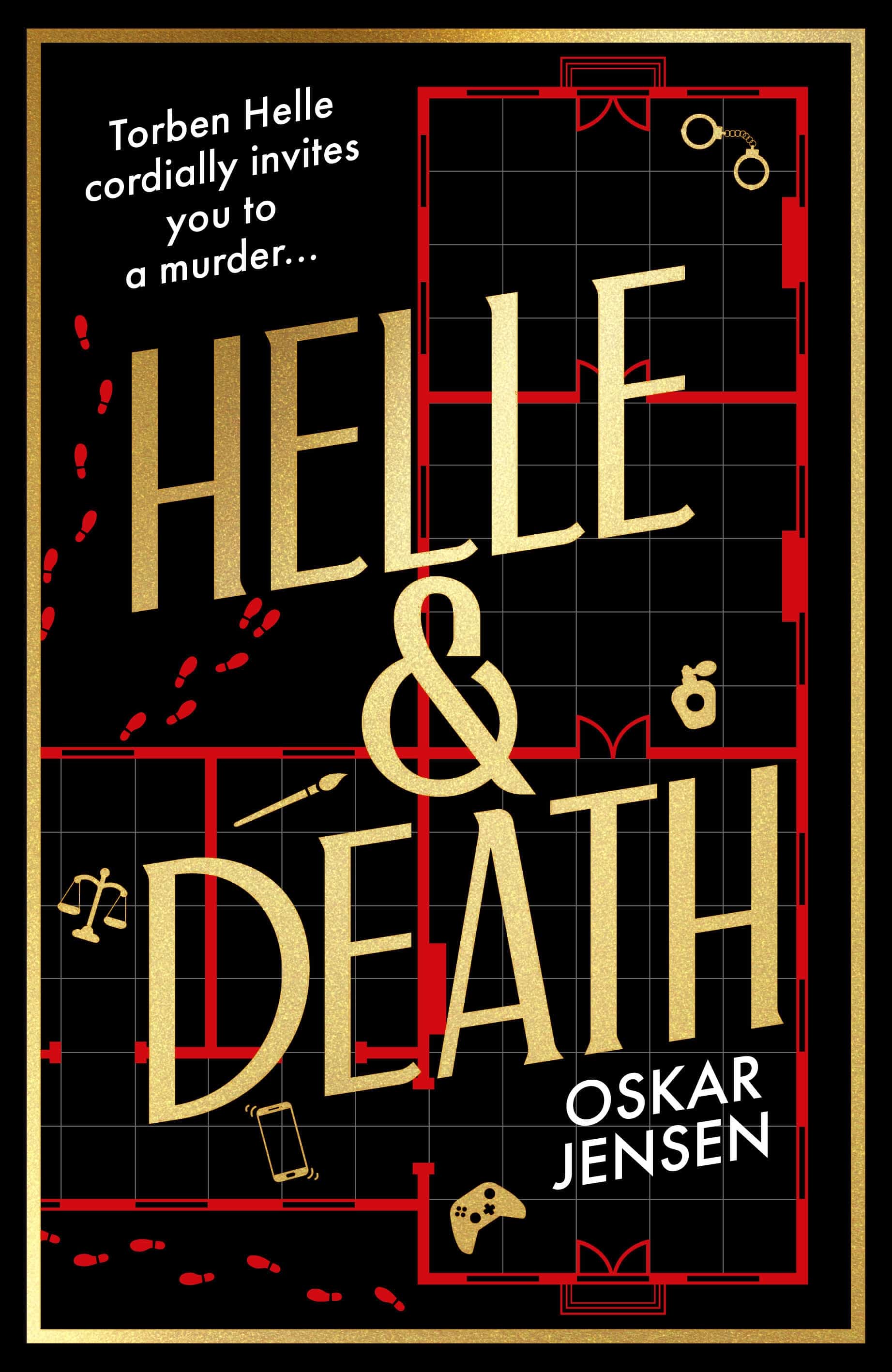
Intriguing. Stuffy. Insufferably pompous; unbelievable.’ Gwen Moffat, writing in this magazine, goes with ‘neatly flawed and attractive’. I’ll take that. Because all of these are reactions, by editors and reviewers, to the character of Torben Helle, the protagonist of my whodunnit Helle & Death. Others, admittedly, have been more effusive. Which is a relief. Because Torben’s identity is very much – albeit in a hyper-exaggerated sense – aligned with my own. He is an art, rather than a music, historian. Danish, rather than of Danish descent. And he’s kept more of his hair as he enters his thirties. But otherwise, the parallels are uncanny.
In some respects, this feels unwise, like I’m setting myself up for a fall. Arthur Conan Doyle, who of course claimed to have based Sherlock Holmes, not on himself, but the surgeon Joseph Bell, found himself increasingly identified with his most famous creation, with conflicting results. Yes, he tried to kill him off. But he also turned Great Detective, life imitating art, in the cases of George Edalji and Oscar Slater. And Conan Doyle and Holmes are more similar than the latter’s headline traits – cocaine-addict, cold hard thinker – have led many to imagine. Holmes increasingly shared his author’s weaknesses for gallantry, pathos, and gung-ho action. Spend too long together, and an author and their detective can become indistinguishable. The question is: at what cost?
In the Golden Age of the whodunnit – the genre I pay homage to in Helle & Death – the most famous relationship between writer and sleuth is itself fictional. Agatha Christie pokes fun at herself in the figure of the mystery writer Ariadne Oliver, who is forever wrestling with the unforeseen difficulties of making her protagonist Sven Hjerson a Finn, when she knows nothing of Finland. This allows Christie to circle back to mistakes she made in earlier novels and laugh at them, a deliciously meta indulgence for fans and author alike.
In reality, most people assume Christie’s own avatar as a detective is Jane Marple, the older, provincial lady, whose super-power is observation, yet who is so often overlooked. It makes for an attractive feminist message, but in many ways there’s more of Christie herself in Hercule Poirot. Cosmopolitan, well-travelled, something of an outsider. A well-respected expert who is nonetheless independent of the relevant institution – in his case, the British police force; in hers, the archaeological establishment of universities and museums. It’s Poirot who visits the places that meant most to Christie – which were more often in the Near East than the Home Counties. Maybe Christie, so ingenious in her plots, also contrived to disguise herself in her books, leaving her free to indulge her own impulses, and let the little Belgian take the flak.
The gender flip itself might be a great red herring. Josephine Tey had Inspector Alan Grant; Ngaio Marsh had Inspector Roderick Alleyn; Margery Allingham had Albert Campion – the last of these an apparent parody of Dorothy L. Sayers’ Lord Peter Wimsey. In each case, a dapper male detective gets dropped into settings much more familiar to their authors than to the London-based detectives – the Scottish Highlands, backstage at the theatre, even an Oxford women’s college in one of the best-loved of these novels, Sayers’ Gaudy Night. In each case, the contrast between writer and character seems deliberate to the point, perhaps, of wish-fulfilment – and we wonder if, had the woman police detective been a commonplace reality in the first half of the twentieth century, these authors might have made their protagonists women too.
Of all these characters, Peter Wimsey has come in for the most adoration … and the most criticism. Marsh wrote an essay critiquing Sayers for falling in love with her own detective, and for even ending up married to him by proxy, via the supposed Mary Sue character of whodunnit writer Harriet Vane. Sayers’ own view was that Wimsey represented a different kind of self-indulgence: she lavished on him all the luxuries absent in her own life – a title, an income, a servant, a flat. I’ve done something similar with Torben Helle – in his case, the great luxury is free time – but I’ve compensated by saddling him with a difficult love life. It makes for a very different psyche to my own, for all our ostensible similarities.
In any other literary genre, we expect a degree of self-representation. ‘Write what you know’ is not just familiar advice: for many it’s axiomatic, the only valid route to the supposed goal of so much literature – saying something true about the human condition. But in the murder mystery, we are set up to expect lies, dissembling, trickery. There’s a necessary game of deception being played, not just between author and reader, but between author and detective. If the latter two are more or less the same, then the mystery gets solved much too quickly.
On the one hand, it helps to think like your detective; then it’s only natural that they manage to solve the mystery you construct. On the other, the writer needs some separation, some distance, from the intellect charged with unravelling the problem – this creates the friction, the difficulty, the grain of difference that drives the narrative. Golden Age detectives are often extremely smooth characters. But an entirely smooth journey to the solution of the story is no fun for anyone.
Helle & Death by Oskar Jensen is published by Viper Books.

18 Jan. 2024 HBK £19.99 & EBOOK
AUTHOR PICTURE ©CHLOE ROSSER